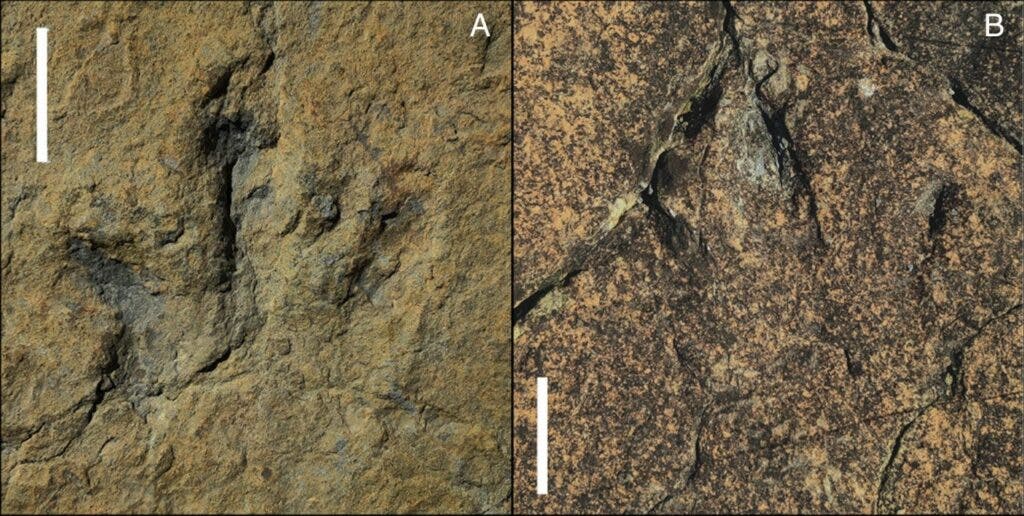Although two-legged dinosaurs are often perceived as ponderous and lumbering beasts, such as the infamous T. rex, new fossils showcase that some of them were very fast on their feet.

Ancient dinosaur tracks unearthed in Spain show how agile some members of the theropod family of dinosaurs could be. The fossilized tracks are approximately 120 million years old, according to a study that describes the findings. Tyrannosaurus rex is perhaps the most well-known theropod.
Estimates performed on the basis of this set of tracks point to its creator running at speeds of nearly 28 mph (45 km/h). This makes it almost the fastest dinosaur whose footprints we’ve found; that record belongs to an animal whose tracks were found in Utah and Texas, that ran at over 30 mph (48.2 km/h).
Going fast
“Behavior is something very difficult to study in dinosaurs,” said lead author Pablo Navarro-Lorbés of the University of La Rioja. “These kinds of findings are very important, I think, for improving that kind of knowledge.”
In order to calculate the running speed of the dinosaur that made these prints, the authors measured the length between individual footprints, while taking into account the animal’s hip height and the length of its stride. An animal’s stride is defined as the distance between two consecutive steps on the same foot. This produced the speed estimates above.
This finding is particularly important for paleontologists as it provides real-life, tangible evidence of dinosaur behavior. Fossils that provide evidence regarding the movements, motions, or behaviors of past organisms are known as trace fossils. Most of our understanding of such behaviors currently comes from computer modeling of their movements. Although based on the structures of their skeletons and joints, such modeling is imperfect. Examination of physical evidence, in the form of trace fossils, is key for validating these results; however, trace fossils are incredibly rare.
So far, though, this discovery means that theropods still hold the title of ‘fastest dinosaurs’ we’ve found to date. This family of flightless bipedal dinosaurs was heavily populated with carnivores. The specimens that produced these impressions were most likely around 5 to 6 1/2 feet tall (1.5 to 2 meters) and 13 to 16 feet (4 to 4.5 meters) long from mouth to tail.
The paper “Fast-running theropods tracks from the Early Cretaceous of La Rioja, Spain” has been published in the journal Nature Scientific Reports.


